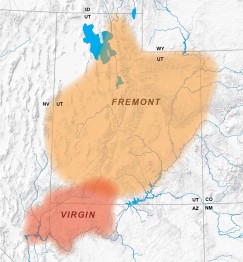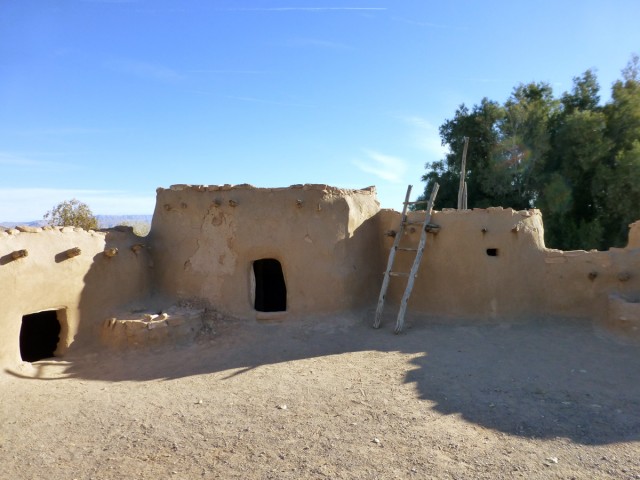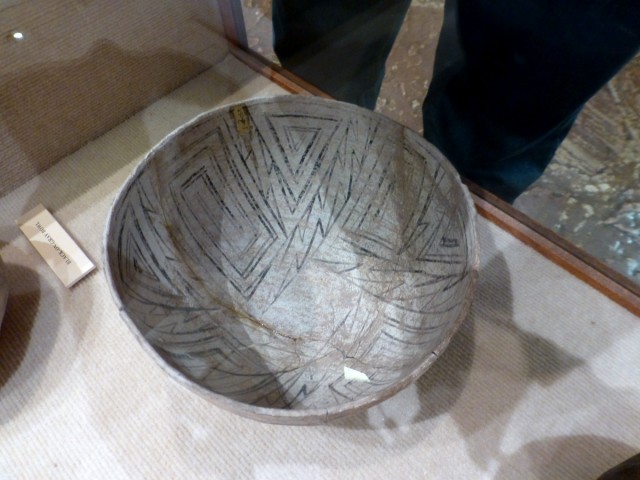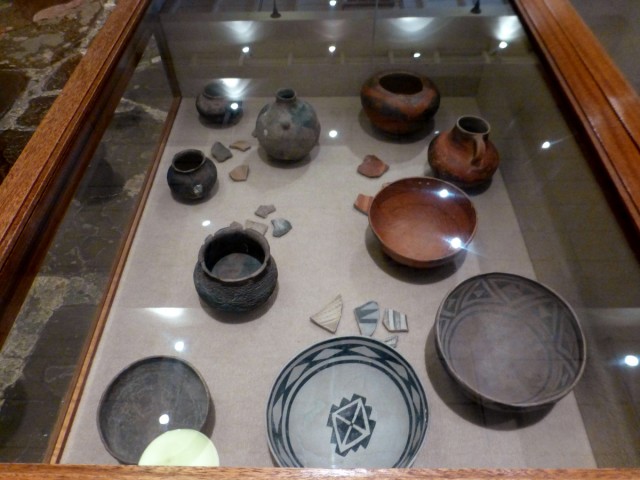- Home
- >
- Preservation Archaeology Blog
- >
- From Durango to Durango and from Las Vegas to Las ...

In my previous post on the 14th biennial Southwest Symposium, I shared what I learned about the Fremont area. A number of other papers at the conference focused on the Virgin River area, which is the subject of today’s post.
Sometimes considered a branch of the larger Ancestral Pueblo culture area (formerly called “Virgin Anasazi” and more recently known as “Virgin Branch” or “Virgin Branch Pueblo”), the Virgin River region includes the Las Vegas valley and areas north of the Grand Canyon in Arizona and southern Utah. Indeed, many of the region’s inhabitants built structures and made other objects quite similar to those in other portions of the Ancestral Pueblo region, particularly the Kayenta region. As several presenters noted, however, this region was also at the juncture of several different cultural traditions, including foragers and hunters from the western Great Basin, Fremont farmers of the eastern Great Basin and western Colorado Plateau, and Patayan (ancestral Yuman) farmers along the Colorado River.


A theme of several papers was new information about the earliest dates for maize in the Virgin River area (800 B.C.) and about potential sources for its spread into the region. In the past, researchers had suggested that maize agriculture came into the Virgin region from the east, along with other developments and features associated with Ancestral Pueblo influence. Although still preliminary (and dates are currently changing), several papers at the conference suggested the possibility that agriculture may have spread up from the south along the Colorado River, perhaps via the communities along the Salt and Gila Rivers. This prospect is intriguing, because farmers in the Virgin area relied on irrigation techniques that were similar to those used in the Salt-Gila area, and there are several other suggestive similarities to sites in southern Arizona, such as the form of storage pits. Stay tuned for more on that in the near future.
While in town for the conference, I was also fortunate to visit the Lost City Museum near Overton, Nevada. This museum sits on the location of a small piece of a large Virgin Branch Pueblo site called Pueblo Grande de Nevada. People lived at the settlement primarily between about 300 B.C. and A.D. 1200. The site consists of a large number of pueblo surface structures, pithouses, and other features spread across the Moapa Valley. Although Lake Mead has since inundated most of the structures, archaeologists were able to excavate many prior to construction of the Hoover Dam. The museum contains many wonderful objects recovered from this site, as well as a partial reconstruction of the excavation units in their original location, and a small, reconstructed pueblo built on top of the original wall foundations. It’s definitely worth a visit when you’re in the area.


Explore the News
-
Join Today
Keep up with the latest discoveries in southwestern archaeology. Join today, and receive Archaeology Southwest Magazine, among other member benefits.